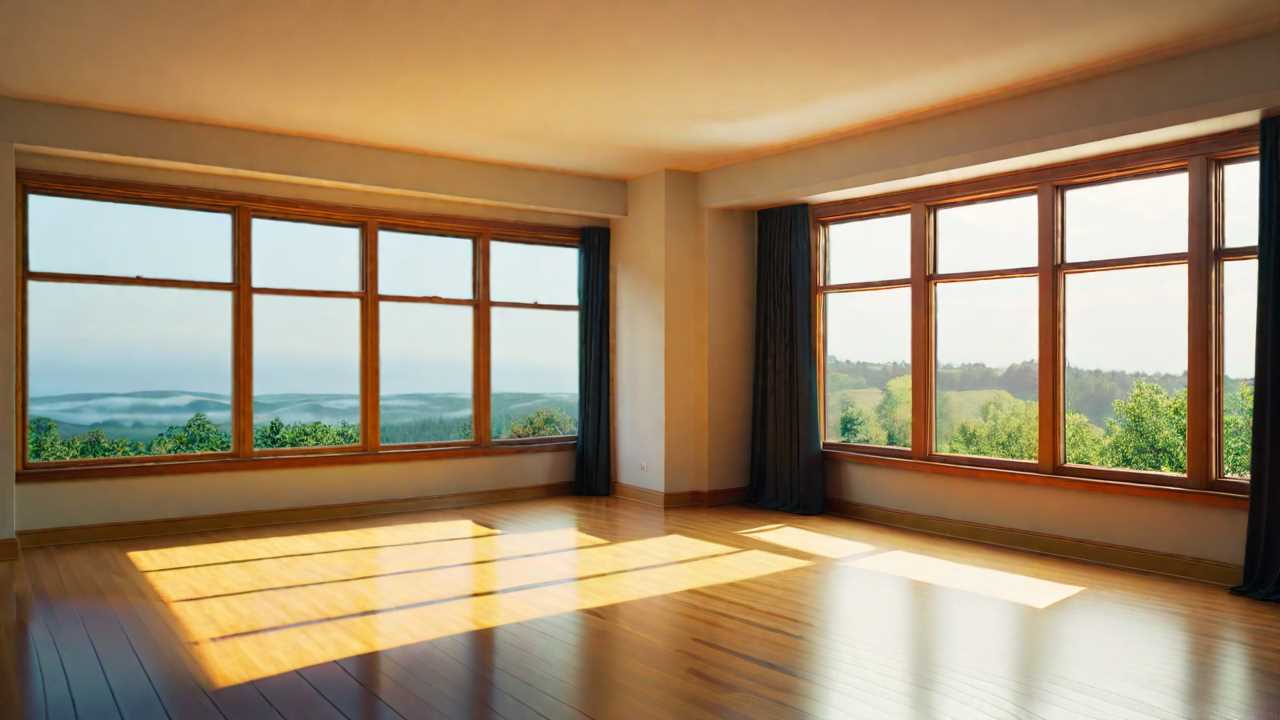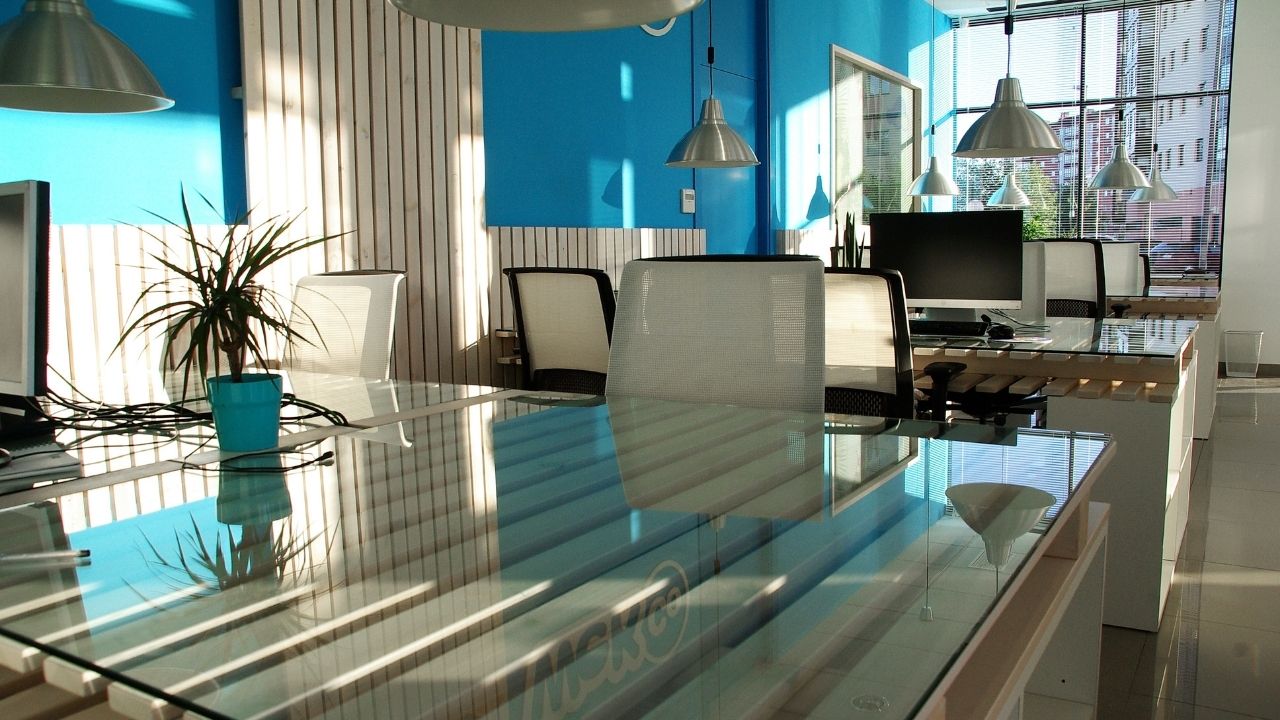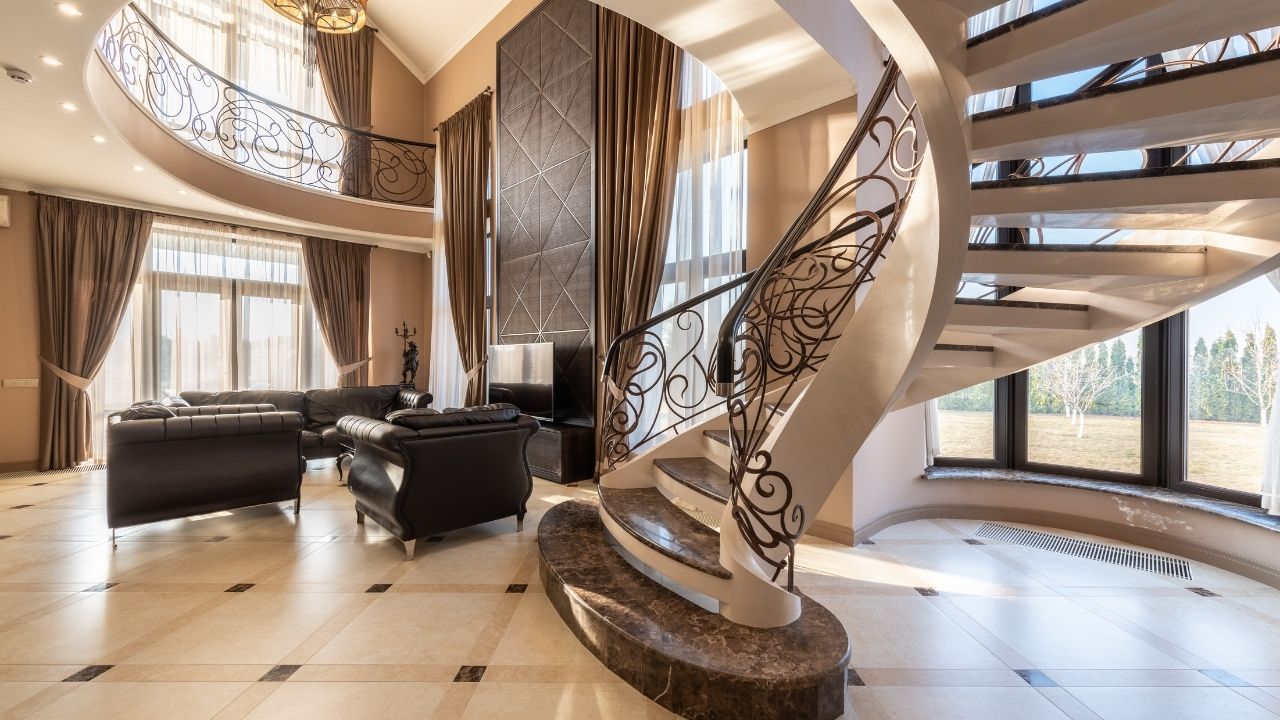
When considering a new home or starting on a renovation project, understanding the natural lighting potential is vital to creating a welcoming and well-illuminated space. Before making any decisions, you should take into account various factors that can impact the amount of sunlight that enters your home. From the orientation of the property to potential obstacles affecting light flow, each detail plays an essential role in optimizing natural light. By exploring these aspects thoroughly, you can make sure that your living environment is not only brighter but also more aesthetically pleasing and energy-efficient.
Importance of Natural Lighting
Maximize the benefits of natural lighting in your home by understanding its essential role in creating a welcoming and energy-efficient environment. Natural light not only illuminates your space but also affects your mood and overall well-being. By harnessing the power of sunlight, you can reduce the need for artificial lighting, leading to cost savings and a more sustainable lifestyle.
The quality of natural light can vary depending on factors such as the orientation of your windows, the presence of obstructions outside, and the time of day. East-facing windows provide gentle morning light, while west-facing windows offer warm afternoon sunlight. By strategically placing windows and using reflective surfaces, you can optimize the natural light in your home throughout the day.
In addition to aesthetics, natural lighting plays an essential role in regulating your circadian rhythm and improving productivity. Exposure to natural light has been linked to better concentration, creativity, and even faster healing times. Embracing natural lighting in your home is a simple yet powerful way to create a space that nurtures both your body and mind.
Evaluating Window Placement
Evaluating the best placement of windows in your home is essential for maximizing natural lighting potential. When analyzing window placement, consider the orientation of your home and the path of the sun throughout the day. South-facing windows receive the most sunlight, making them ideal for living spaces where you want abundant natural light. East-facing windows capture the morning sun, perfect for energizing your mornings, while west-facing windows provide warm afternoon light. North-facing windows receive the least direct sunlight and are best for rooms where consistent lighting is preferred.
Additionally, think about the size and style of windows. Large windows allow more light to enter, creating a spacious and bright feel. Consider placing windows higher up on the wall to let light penetrate deeper into the room. Utilizing strategically placed skylights or light tubes can also introduce natural light where traditional windows may not be feasible.

Considering Sun Exposure
When considering sun exposure for your home’s natural lighting potential, understanding how sunlight interacts with different areas of your space is essential. Sun exposure plays a vital role in determining the brightness and warmth of your rooms.
South-facing windows receive the most sunlight throughout the day, providing ample natural light and warmth. East-facing windows welcome the morning sun, perfect for early risers who enjoy a bright start to the day. West-facing windows receive the intense afternoon sun, ideal for creating cozy spaces to relax in the evenings. North-facing windows receive the least direct sunlight and can cast cool, softer light into your home.
Assessing Obstructions and Shadows
Assess the impact of nearby trees, buildings, or other structures on sunlight penetration into your space to determine potential obstructions and shadows affecting your home’s natural lighting. Understanding how these elements cast shadows throughout the day is vital. Consider the height, density, and location of trees; tall trees to the south may block sunlight, while those to the east or west can create morning or evening shadows, respectively. Buildings close by can also obstruct light, especially if they’re taller than your home. Analyze the trajectory of the sun in different seasons to predict shadow patterns accurately.
To assess obstructions, spend time in the space at various times of the day, taking note of when and where shadows fall. This hands-on approach allows you to observe firsthand how neighboring structures or trees impact natural light. Additionally, using tools like sun path diagrams or digital sunlight analysis tools can provide more detailed insights into potential shadows and obstructions. By evaluating these factors, you can make informed decisions to optimize natural lighting in your home.
Utilizing Light Reflective Surfaces
To maximize natural lighting in your home, consider incorporating light reflective surfaces strategically. By strategically placing mirrors, glass tabletops, or shiny metallic accents, you can bounce light around a room, brightening areas that may have been previously dim. Mirrors placed opposite windows can amplify the incoming sunlight, making the space feel more expansive and luminous. Glass tabletops allow light to pass through, creating a sense of airiness and brightness. Shiny metallic accents like chrome or brass can reflect light, adding a touch of elegance while improving the overall brightness of a room.
When choosing light reflective surfaces, opt for materials that not only brighten the space but also complement your décor style. Consider the placement of these surfaces to make sure they effectively bounce light into darker corners or poorly lit areas. Experiment with different angles and positions to find the best arrangement that maximizes natural light throughout your home. Incorporating light reflective surfaces is a practical and stylish way to elevate the natural lighting potential of your living space.
Frequently Asked Questions
How Does the Surrounding Landscape Affect Natural Lighting in a Home?
Consider the surrounding landscape’s impact on natural lighting in your home. Trees, buildings, and topography can obstruct or improve sunlight. Position your house to maximize sunlight exposure. Assess the surroundings to optimize natural light flow.

Can the Orientation of the Home Impact Its Natural Lighting Potential?
When evaluating natural lighting potential, consider how the orientation of your home impacts sunlight exposure. Maximizing south-facing windows can amplify brightness throughout the day. Look for spaces where light can flow freely, creating a welcoming atmosphere.
What Role Do Interior Design Elements Play in Maximizing Natural Light?
When designing your space, welcome natural light as your ally. Reflective surfaces, strategic furniture placement, and sheer window treatments can amplify the sun’s glow, creating a luminous oasis that breathes life into your home.
How Can Seasonal Changes Affect the Natural Lighting Inside a Home?
Seasonal changes can impact natural lighting in your home. Position furniture to maximize light during darker months and consider window treatments for glare in brighter seasons. Adapt your space to optimize natural light year-round.
Are There Ways to Enhance Natural Lighting Without Major Structural Changes?
To maximize natural lighting without major structural changes, declutter to allow light flow, use light-colored decor for reflection, install sheer curtains for diffusion, trim foliage outside windows, and strategically place mirrors to bounce light.